A New Chapter for Action RPG Fans
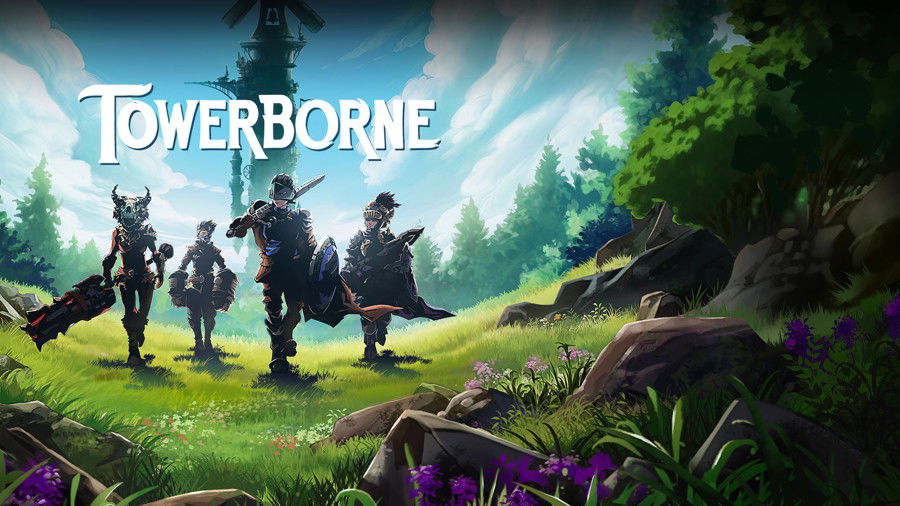
Developed by Stoic, renowned for The Banner Saga, and published by Xbox Game Studios, Towerborne arrives on consoles after its initial release on PC in 2024. With a proposal that mixes beat 'em ups and action RPGs, the game’s a cooperative experience in a post-apocalyptic world full of monsters and hope. In this review, we’ll analyze its mechanics, the evolution since Early Access and how it’s coming to Xbox Series X/S and Game Pass.
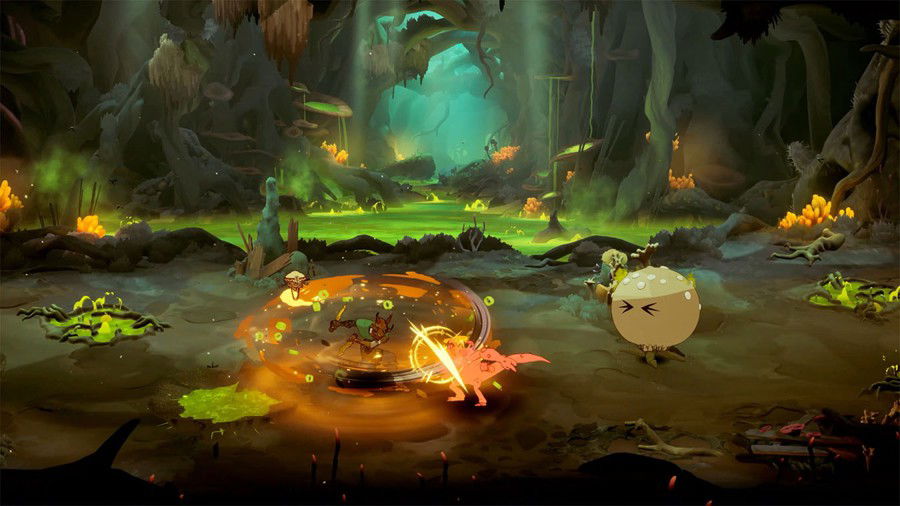
The City of Numbers and Towerborne
Towerborne is set in the City of Numbers, a post-apocalyptic fantasy world overrun by monsters. The heroes are known as Aces, who must set out to reclaim lost territories. Aces can be customized at the Belfry, the game's central world. Players can choose from several weapon types, including War Clubs, Gauntlets, Dual Daggers, and Swords and Shields, though they aren’t locked into one single playstyle.

Gameplay: Fluid Combat with Customization
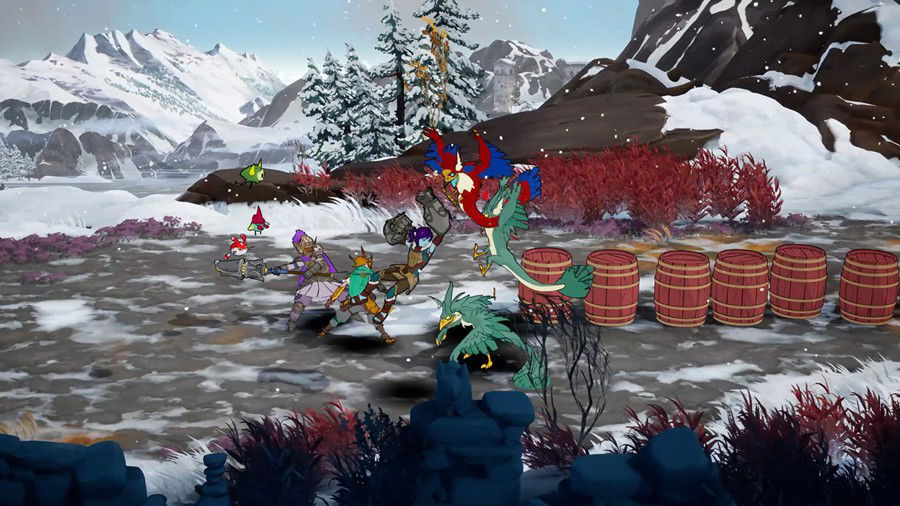
Reclaiming the Best of Arcades
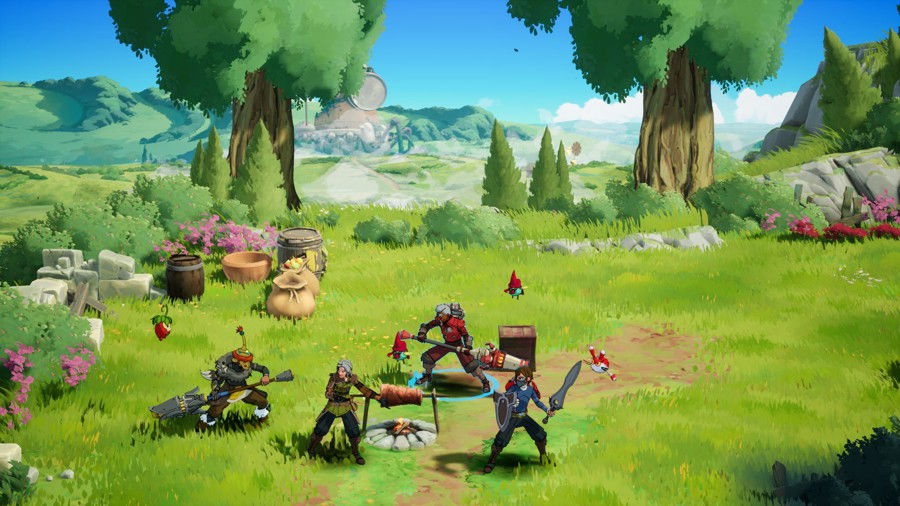
The heart of Towerborne is in its side-scrolling combat, which combines the intensity of Streets of Rage with the depth of an RPG. The four available classes: Sentinel (sword and shield), Pyroclast (flaming mace), Rockbreaker (stone gauntlets) and Shadowstriker (agile daggers), offer unique styles, from solid defense to fast attacks.
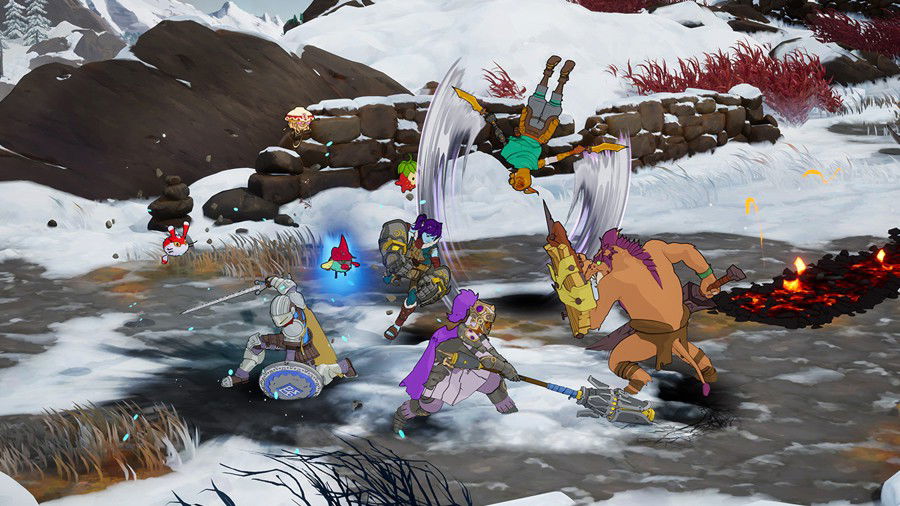
The fluidity of the animations and the possibility to unleash aerial combos and cancels are reminiscent of fighting games, something that combat designer Isaac Torres brought with him from his experience with Killer Instinct.
The sixth update, released with the console version, brought a redesigned skill system, allowing builds to be customized with support skills, special moves and combat modifiers. The Pyroclast can now set enemies on fire, while the Shadowstriker deflects attacks with invincibility frames (i-frames).
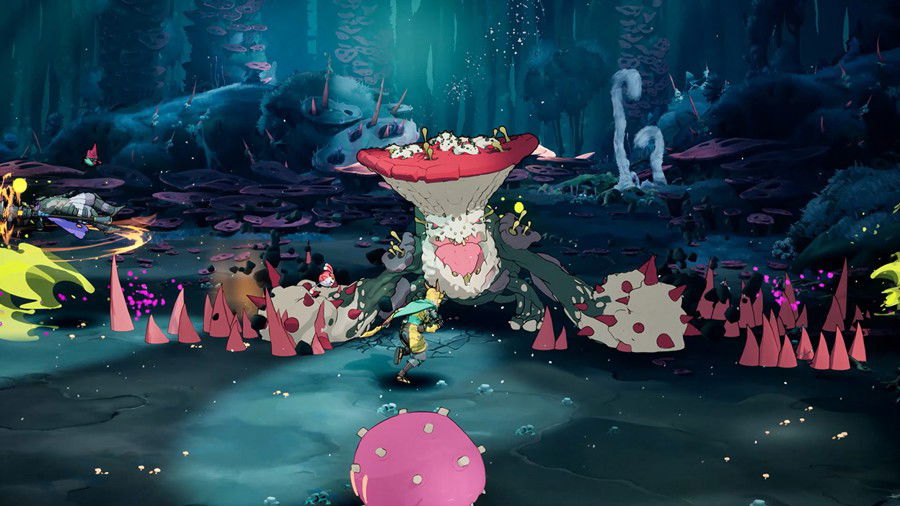
Progression and Loot: A Double-Edged Sword
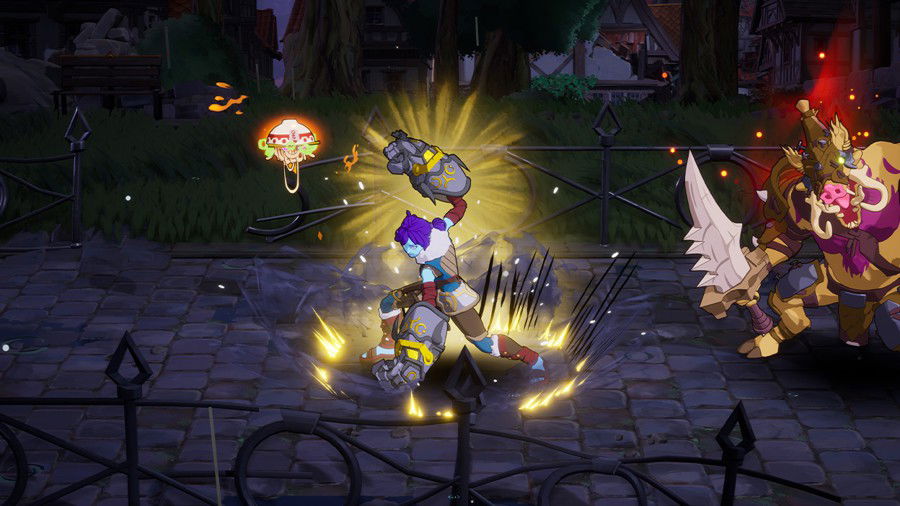
Progression is based on equipment that determines the player's power level. Quests grant generous loot, but the main criticism is about the repetitiveness of equipment modifiers. There are many items that only increase basic stats, such as damage or defense, without introducing new mechanics.
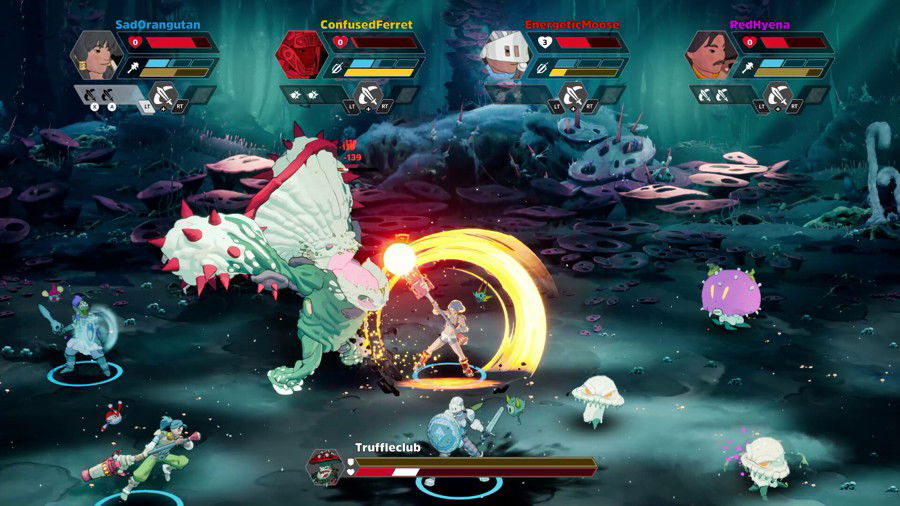
The inclusion of legendary gear has partially reduced this problem, offering abilities such as an attack that marks enemies for AoE (area of effect) explosions. However, the need to dismantle repeated items to get upgrade resources makes the post-quest tedious and feels like it's just padding in the game, there to give you "more gameplay time".
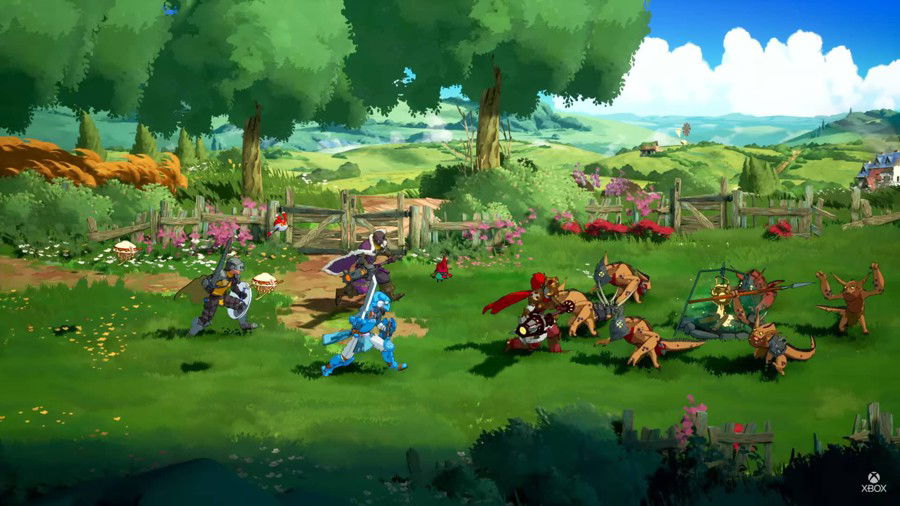
World and Design: Visual Beauty vs. Repetition
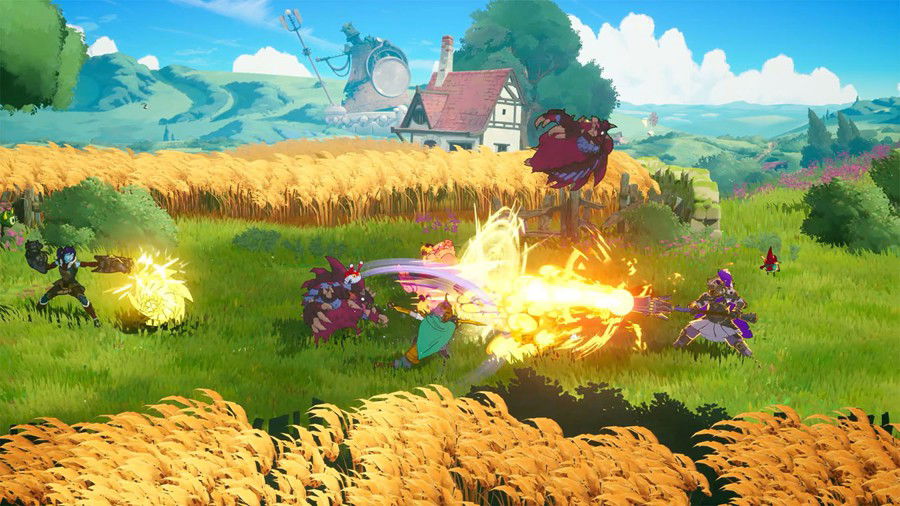
The Belfry and the Hexagonal Map
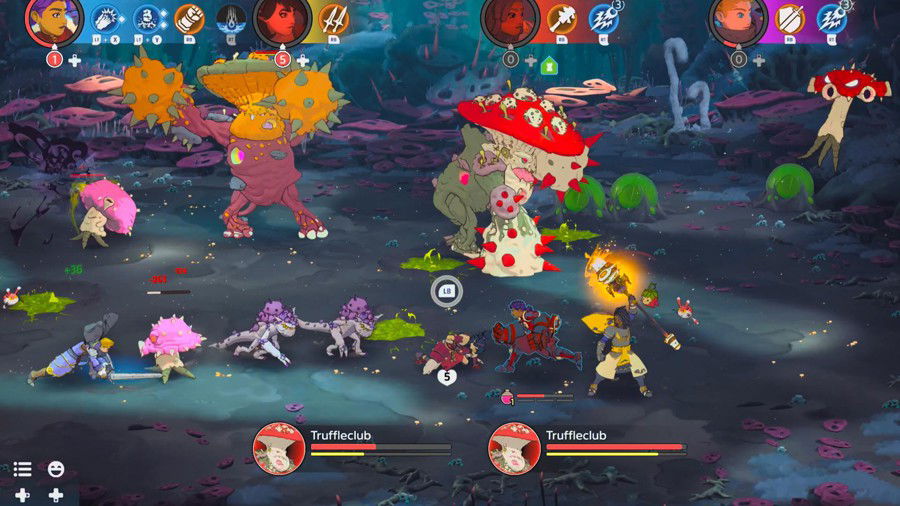
The world of Towerborne revolves around the Belfry, an imposing tower that serves as the social hub. With beautiful, detailed architecture and lively NPCs, the place gives off a welcoming atmosphere, providing a great contrast to the chaos of the quests outside.
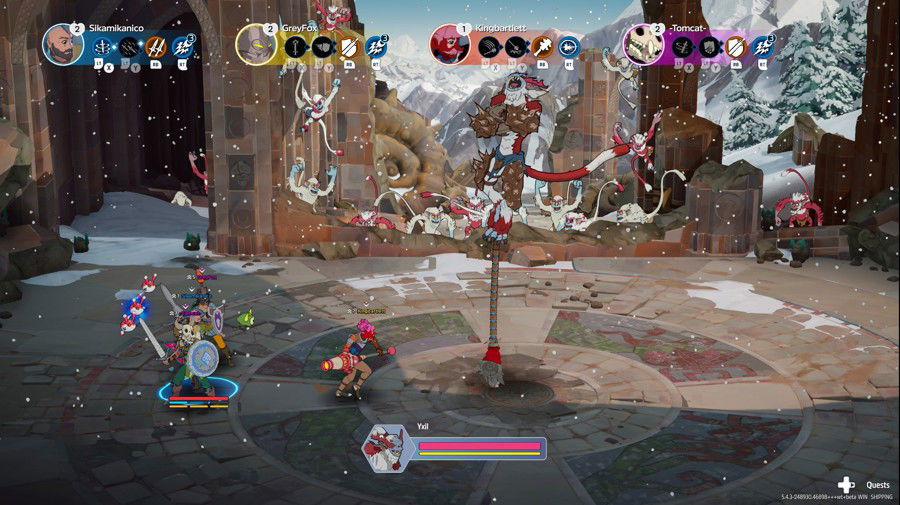
The main map is organized in the Civilization style, where each piece represents a quest or explorable area. Although the system allows for future expansions, there’s a lot of repetition of biomes (mushroom forests, prairies, etc.) and the lack of explorable secrets limits the sense of discovery, leaving the settings as an immense void that’s beautiful to admire, but there’s no point in exploring.
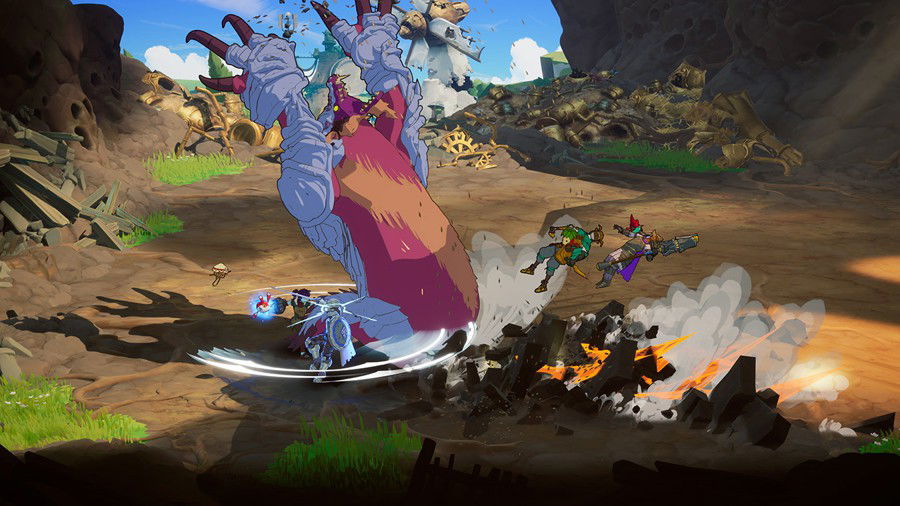
Narrative: Great Base, but Underdeveloped
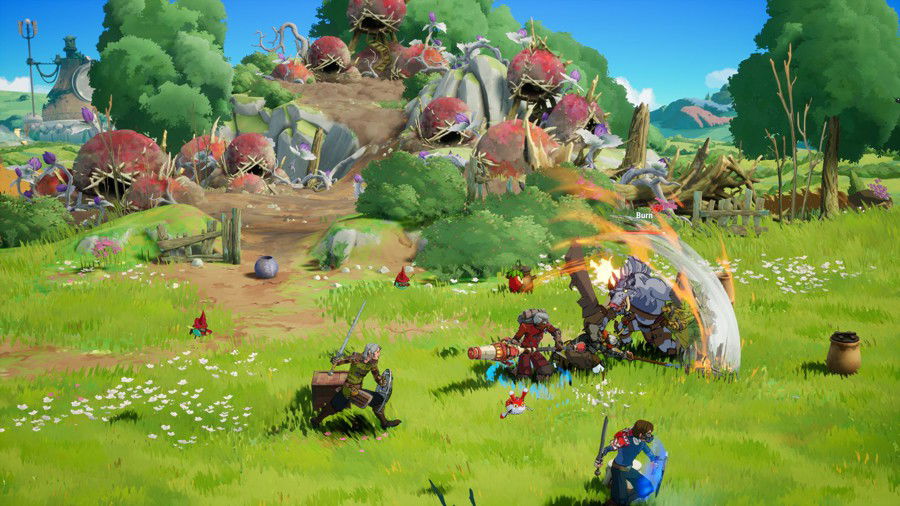
The premise of reincarnated beings fighting to protect humanity is quite captivating, but its narrative is linear and little explored. Characters like Paloma and Mirror (the Umbra who revives the players) have a lot of potential, but their stories are very short and superficial, leaving behind a feeling that something’s missing. Maybe in future updates the team will include more lore, such as diaries or even dynamic events, something that’d make the game richer.
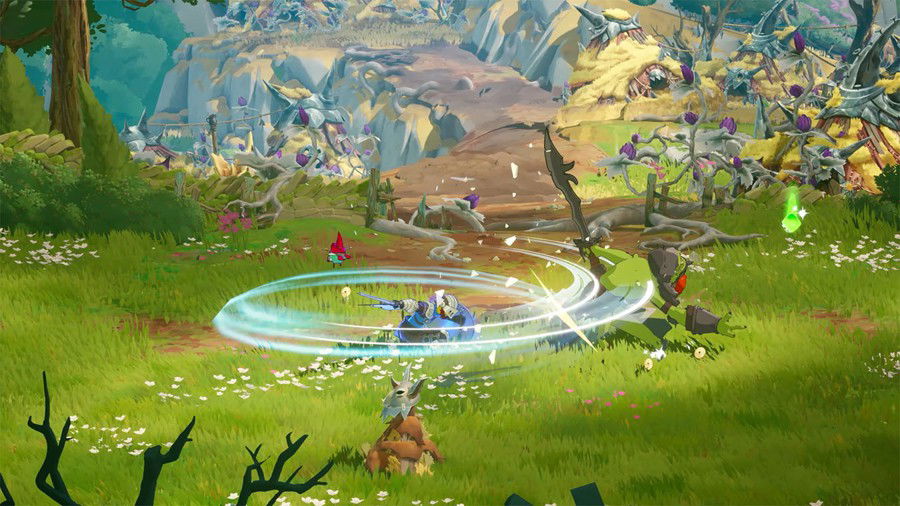
Multiplayer: Online and Local Co-op
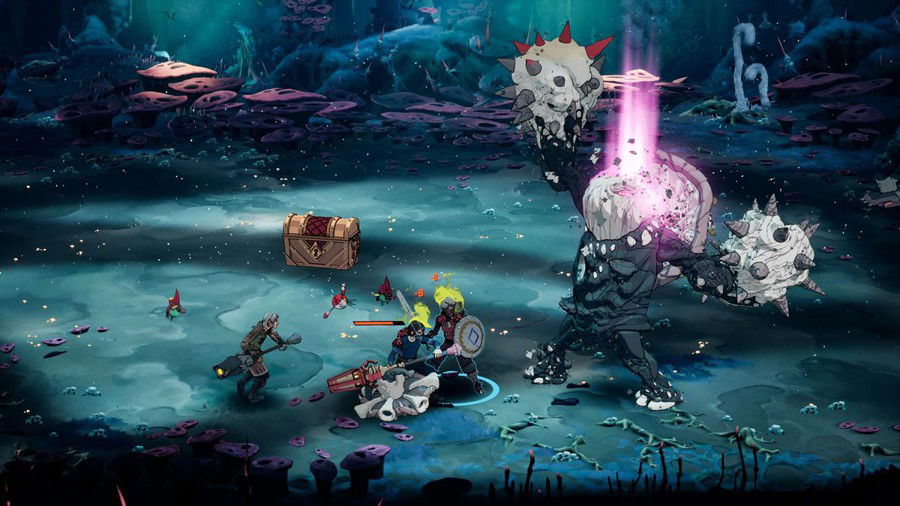
Chaotic Fun with Friends
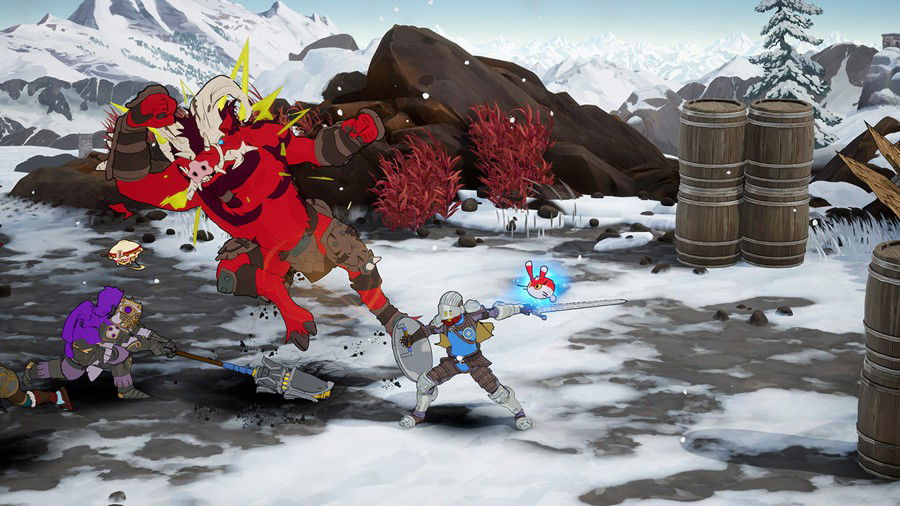
Towerborne's greatest shining asset is its co-op mode, supporting up to four players online or locally (on console). Difficulty scaling changes with the group size, and the addition of crossplay to the console version has fixed a long-standing issue from Early Access, while also making the game more fun for everyone to enjoy together.

However, the first quests, focused on solo content, may leave players who’re looking for immediate co-op frustrated. The introduction of the Party Finder (matchmaking system) has greatly improved the experience, but there’s still room for more group-designed quests, something that may be addressed in future updates.
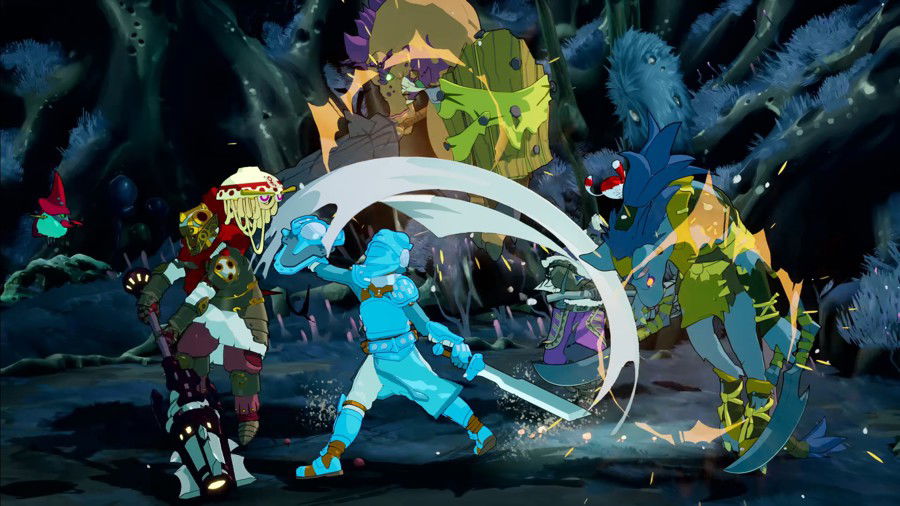
Grind and Monetization: Ethical, but Tiring
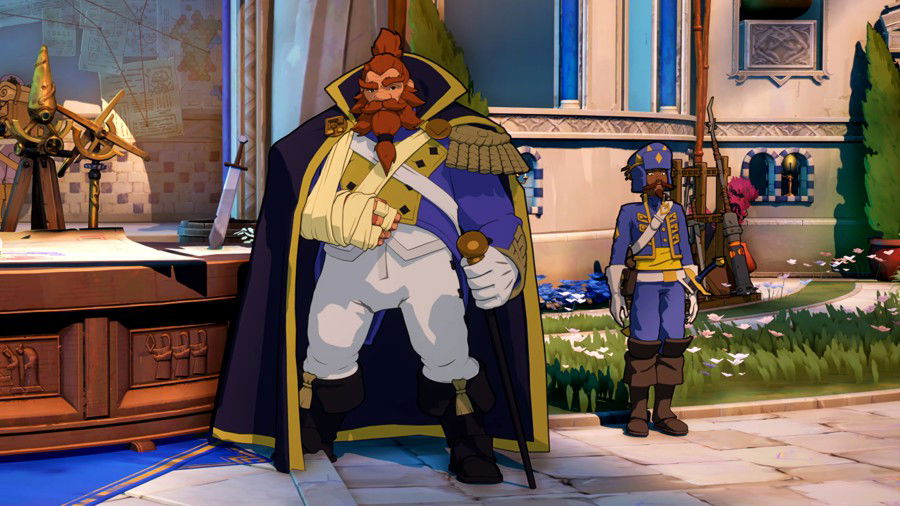
A Promising Free-to-Play Model
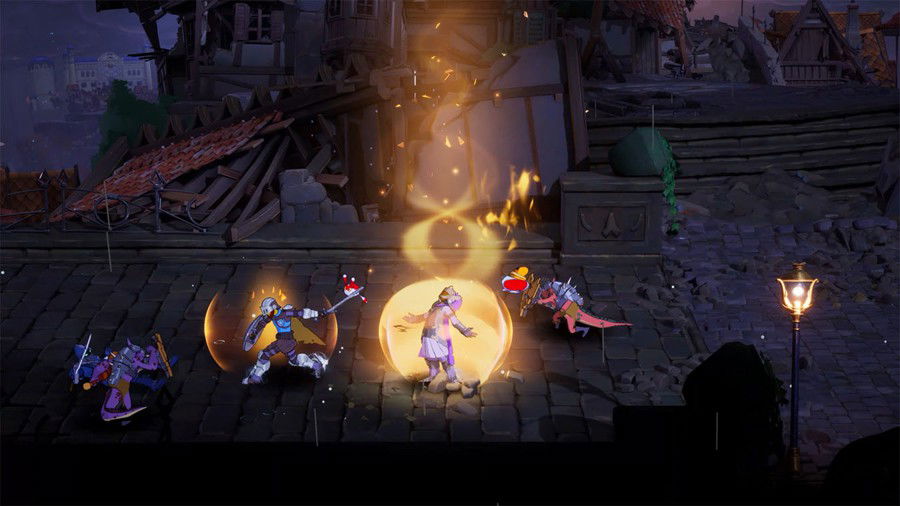
During Early Access, the game was sold via Founder’s Packs (starting at US$24.99), which included exclusive cosmetics and the early access. After the final release, it became free-to-play, with monetization focused on skins and convenience items, without any pay-to-win, a sensible decision that was praised by the game’s community.
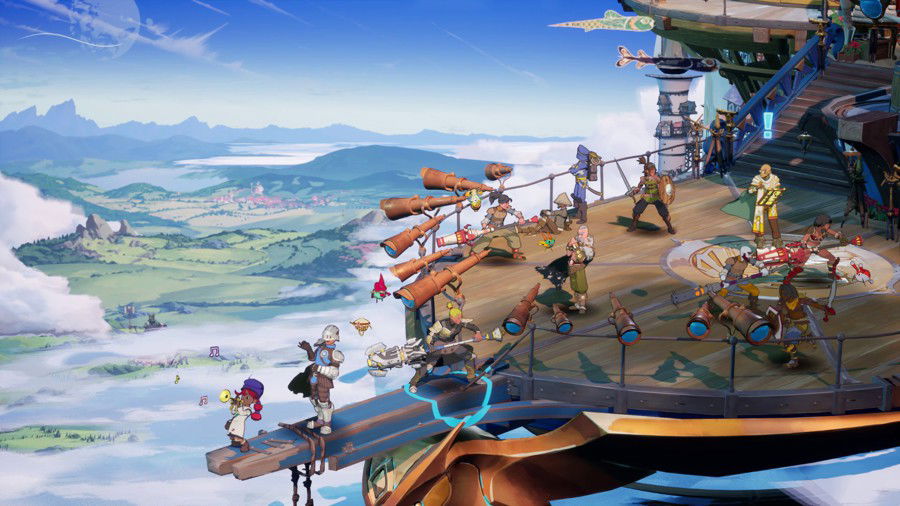
However, the inside economy depends on intense grinding to improve equipment, and when I say intense, I mean a lot. Even with dozens of hours of gameplay, repeating quests to obtain resources wears down the casual player.
Many times, I’d simply press play on a huge playlist of songs from my favorite artists and repeat quests over and over, getting to a point where the game became just a backdrop for what I was listening to and singing. I wasn't really there playing, I just entered a trance and a loop of intensive repetition to obtain game items.
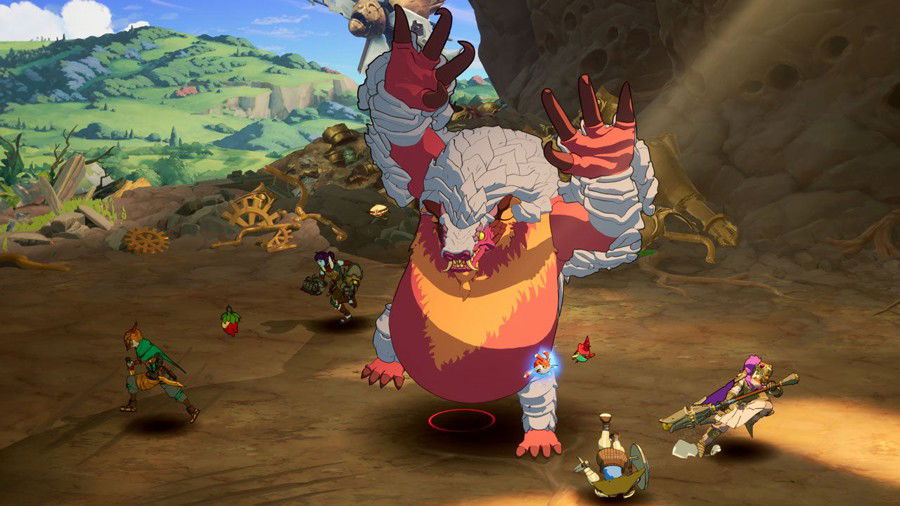
Console Version: Optimization and Integration with the Game Pass
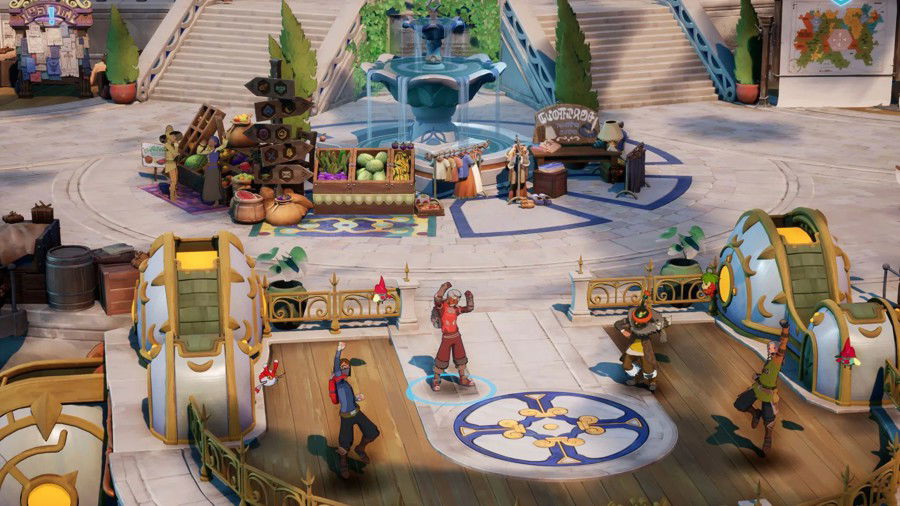
The arrival on Xbox Series X/S brought notable optimizations to the game:
- Stable 60 FPS and fast loading.
- Support for local co-op on a single console, reliving the nostalgia of Castle Crashers and classic Beat'em Ups.
- Inclusion in the Game Pass has expanded access to the game, bringing in new players.
Integration across the entire Xbox ecosystem’s also allowed for balance adjustments based on feedback from PC, such as the removal of the life system and the introduction of Mender’s Flask (rechargeable healing), something which makes combat more strategic.
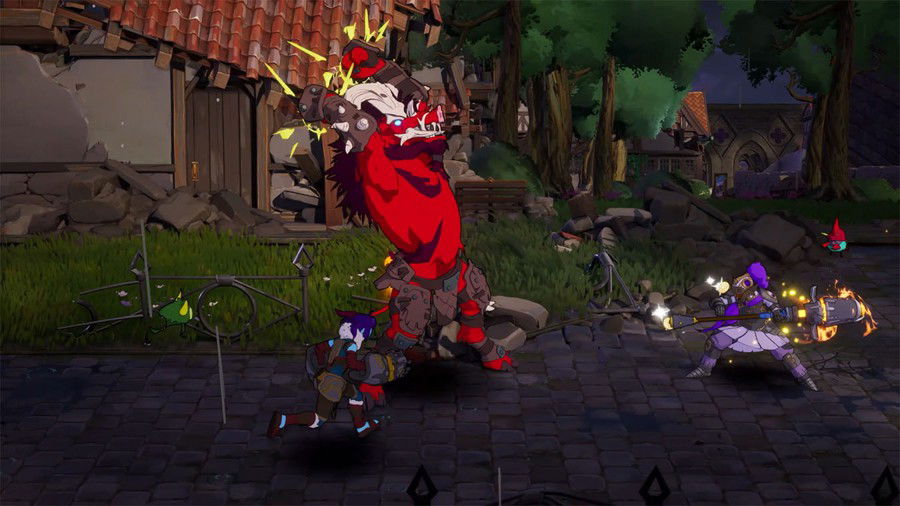
Pros and Cons
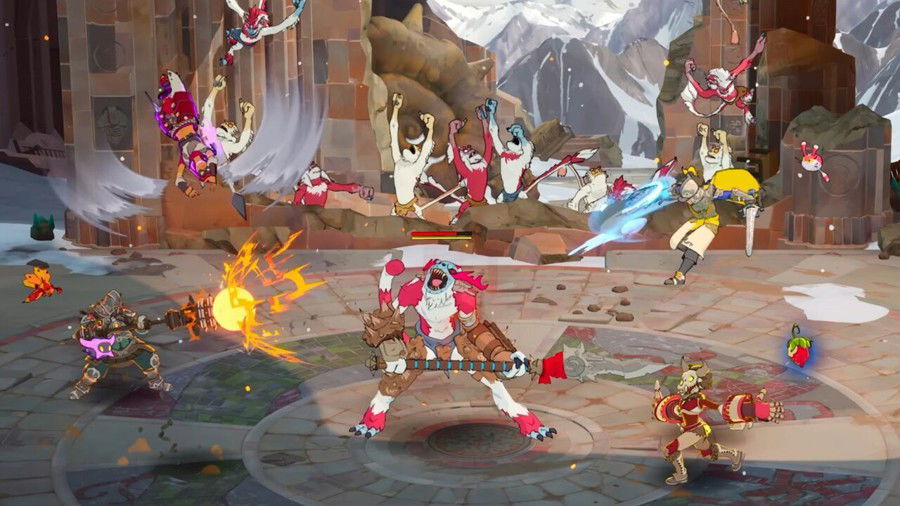
Pros
- Dynamic and Deep Combat: Combining beat 'em up elements with RPG mechanics, the game offers unique styles, from melee attacks to support abilities.
- Online and Local Co-Op: Multiplayer that supports up to four players with crossplay and cross-progression makes the experience extremely fun.
- Stylized Visual Art and Soundtrack: Detailed visuals, such as the Fungal Forest and the Ruins of the City of Numbers, stand out, while the soundtrack reinforces the immersion in the world of Eld.
- Ethical Monetization and Ongoing Content: The free-to-play model avoids pay-to-win.
- Optimization for Consoles: The Xbox Series X/S version offers stable 60 FPS, fast loading times and integration with Game Pass, expanding its accessibility.
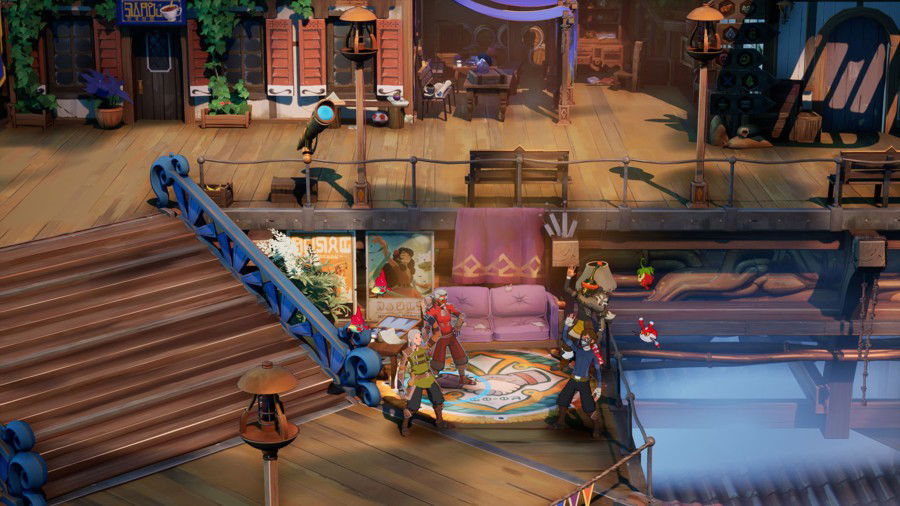
Cons
- Repetitiveness of Quests and Content: Many of the quests follow the same structure: defeat hordes of enemies in repetitive environments. The lack of variety in objectives (protect NPCs, solve puzzles) and generic biomes limit exploration.
- Superficial Narrative and Lack of Voice Acting: The story, centered on the Belfry Tower’s defense, is poorly developed, with dialogues via text boxes and secondary characters without any depth. The lack of voice acting makes interactions with NPCs less immersive.
- Grind-Dependent Progression: The excessive repetition of quests to obtain legendary equipment and enhancement resources can wear players out.
- Limited Solo Experience: While the multiplayer is wonderful, the single-player mode is weak and lacks challenges and variety, something that makes the game quickly boring.
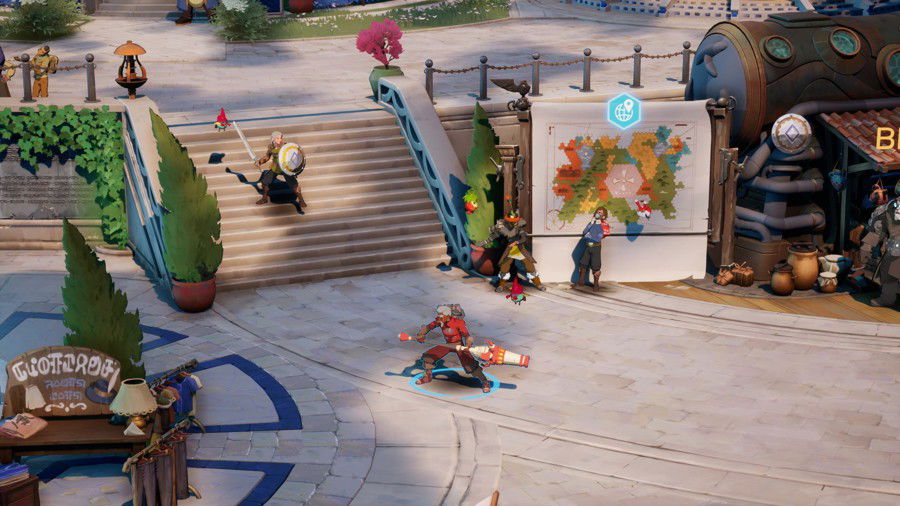
Conclusion: A Diamond in the Rough
Towerborne is a fun and visually stunning experience, perfect for fans of action RPGs and co-op. Its dynamic combat, in-depth customization, and ethical commitment to monetization are strong points. Recommended mainly for groups looking for chaotic fun. However, the repetition of content, shallow narrative, and reliance on grinding prevent it from reaching its full potential.
With Stoic demonstrating quick response to feedback (e.g. the sixth update), there’s still hope for the game to evolve. For those looking for a modern beat 'em up to play with friends, Towerborne is already worth it, especially on Game Pass. For those looking to purchase the game and have a full solo experience, it may be worth waiting for more content and polishing.









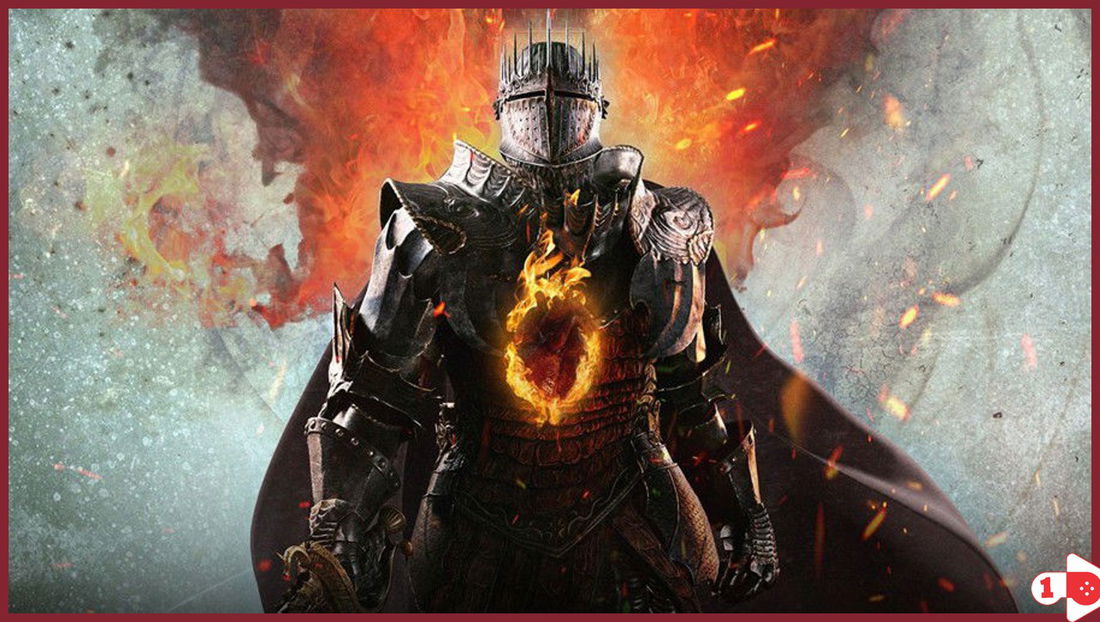




— Comentarios 0
, Reacciones 1
Se el primero en comentar